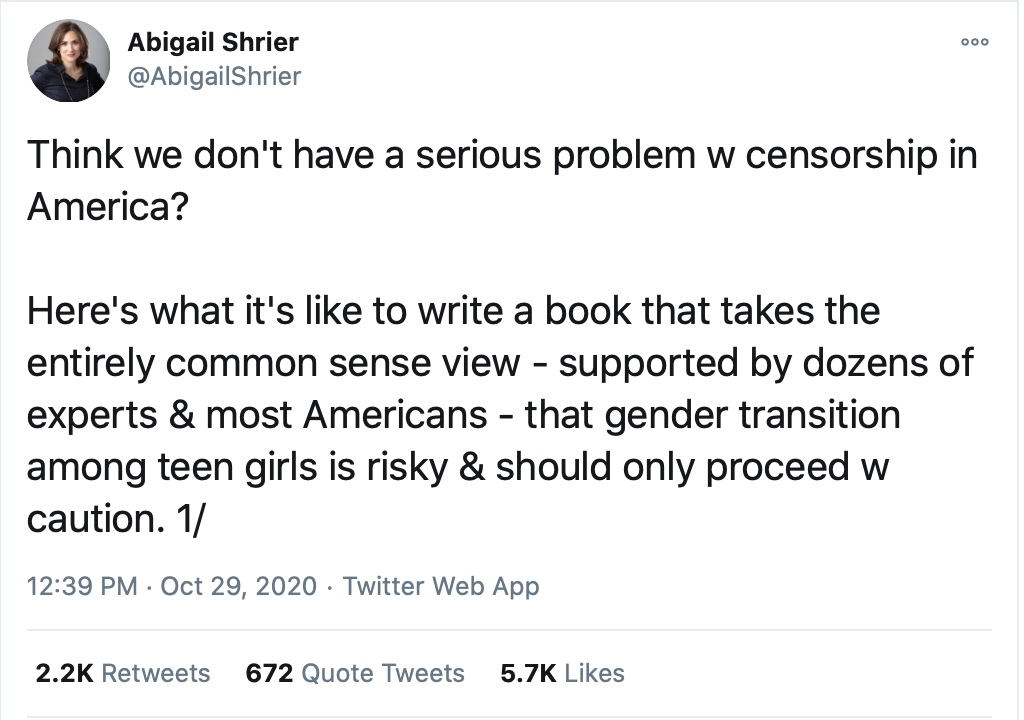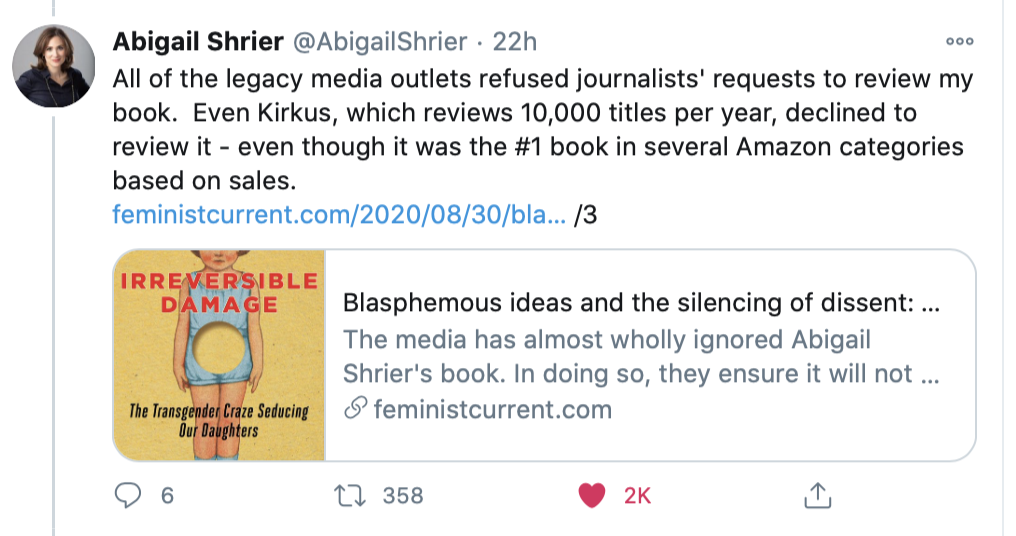Here we go again. Amy Coney Barrett is proclaiming her belief in "Originalism." In a NYT article titled "The Philosophy That Makes Amy Coney Barrett So Dangerous: Do we really want our rights to be determined by the understandings of centuries ago?," highly-respected Law Professor Erwin Chemerinsky is not buying what newly appointed Justice Coney Barrett is selling about originalism:
Originalists believe that the meaning of a constitutional provision is fixed when it was adopted and that it can change only by constitutional amendment. Under this view, the First Amendment means the same thing as when it was adopted in 1791 and the 14th Amendment means the same thing as when it was ratified in 1868.
But rights in the 21st century should not be determined by the understandings and views of centuries ago. This would lead to terrible results. The same Congress that voted to ratify the 14th Amendment, which assures equal protection of the laws, also voted to segregate the District of Columbia public schools. Following originalism would mean that Brown v. Board of Education was wrongly decided in declaring laws requiring segregation of schools unconstitutional.
In fact, under the original public meaning of the Constitution, it would be unconstitutional to elect a woman as president or vice president until the Constitution is amended. Article II refers to them with the pronoun “he,” and there is no doubt that original understanding was that only men could hold these offices.
Throughout American history, the Supreme Court has rejected originalism and protected countless rights that cannot possibly be justified under that theory. For example, the court has interpreted the word “liberty” in the Constitution to protect the right to marry, to procreate, to custody of one’s children, to keep the family together, to control the upbringing of one’s children, to purchase and use contraceptives, to obtain an abortion, to engage in private adult consensual same-sex sexual activity, and to refuse medical treatment.
Chemerinsky notes that the rejection of originalism "is not new." Indeed, it has repeated and deservedly come under withering attack. One needs only cruise at 1,000 feet to see that certain justices have selectively pulled out their "originalism" gambit only on certain cases, not others, revealing it to be an opportunistic excuse, not a respectable judicial philosophy.
For more on what should have been the last gasps of "originalism," see my previous article, "Judge Richard Posner skewers Justice Antonin Scalia’s so-called originalism." If one is going to dismember a Justice of the United States Supreme Court in an article titled, "The Incoherence of Antonin Scalia," one better have the goods. My article celebrated Judge Posner's 2012 take-down of originalism, which was, indeed, swift and surgical. Posner's exceedingly clever approach was to actually read the cases on which Justice Scalia relied for his ballyhooing of originalism in his own book (co-authored with Bryan Garner): Reading Law: The Interpretation of Legal Texts.
Posner's take-no-prisoners detailed article exposes many deep flaws of originalism along with the suspect motives of those who bandy it about in their selective efforts to turn back some clocks but not others. Posner's article was so incredibly effective that I think of it as a remake of "The emperor has no clothes." Here is an excerpt from Judge Posner's annihilation of originalism:
THERE IS A COMMON THREAD to the cases that Scalia and Garner discuss. Judges discuss the meanings of words and sometimes look for those meanings in dictionaries. But judges who consult dictionaries also consider the range of commonsensical but non-textual clues to meaning that come naturally to readers trying to solve an interpretive puzzle. How many readers of Scalia and Garner’s massive tome will do what I have done—read the opinions cited in their footnotes and discover that in discussing the opinions they give distorted impressions of how judges actually interpret legal texts?
Another problem with their defense of textual originalism is their disingenuous characterization of other interpretive theories, typified by their statement that textual originalism is the only “objective standard of interpretation even competing for acceptance. Nonoriginalism is not an interpretive theory—it is nothing more than a repudiation of originalism, leaving open the question: How does a judge determine when and how the meaning of a text has changed? To this question the nonoriginalists have no answer—or rather no answer that comes even close to being an objective test.” But “non-originalism” is not the name of an alternative method of interpretation. It is just a bogeyman, like what they call “so-called consequentialism”—“is this decision good for the little guy?”
A problem that undermines their entire approach is the authors’ lack of a consistent commitment to textual originalism. They endorse fifty-seven “canons of construction,” or interpretive principles, and in their variety and frequent ambiguity these “canons” provide them with all the room needed to generate the outcome that favors Justice Scalia’s strongly felt views on such matters as abortion, homosexuality, illegal immigration, states’ rights, the death penalty, and guns.
Thus they declare that “a fair system of laws requires precision in the definition of offenses and punishments,” implying that judges are entitled to use a concept of “fairness” to interpret statutes creating offenses and punishments. How is that to be squared with textual originalism? They say that “textualism, in its purest form, begins and ends with what the text says and fairly implies” (emphasis added), but evidently Scalia and Garner are not committed to its “purest form,” for they say that “determining what is reasonably implied [by the words of a statute] takes some judgment” (emphasis in original). They endorse the “rule of lenity”—the interpretive principle that ambiguity in criminal statutes should be resolved in favor of the criminal defendant—without showing how it can be consistent with textual originalism.
They assert that what they call “fair reading” requires “an ability to comprehend the purpose of the text, which is a vital part of its context,” and though they add that “the purpose is to be gathered only from the text itself, consistently with the other aspects of its context,” they also say that “a sign at the entrance to a butcher shop reading ‘No dogs or other animals’ does not mean that only canines, or only four-legged animals, or only domestic animals are excluded.” That is certainly right, but it is not right by virtue of anything textual. It is right by virtue of the principle that meaning includes what “would come into the reasonable person’s mind,” or what we know an author has “in mind” in writing something. On such grounds (which surprisingly the authors embrace as well) a sign that says “No dogs, cats, and other animals allowed” must be read to include totally unrelated animals (contrary to the principle of eiusdem generis—the “canon,” which they also approve, that a last general term in a series is assumed to be of the same type as the earlier, specific terms) because “no one would think that only domestic pets were excluded, and that farm animals or wild animals were welcome.” Right again! But right because textualism is wrong. Similarly, although a human being is an animal, a sign forbidding animals in a restaurant should not be interpreted to ban humans from the restaurant. It is the purpose of the sign, not anything in the sign, that tells you what meaning to attach to the word “animals” among its possible meanings.
I would invite anyone interest in this topic of "originalism" to read Richare Posner's entire article. It is a classic and it should have been the last word on a topic. It's too bad that we will probably need discuss it for many years forward.




